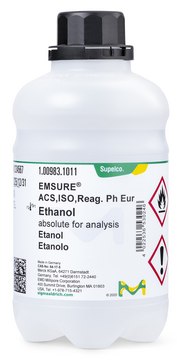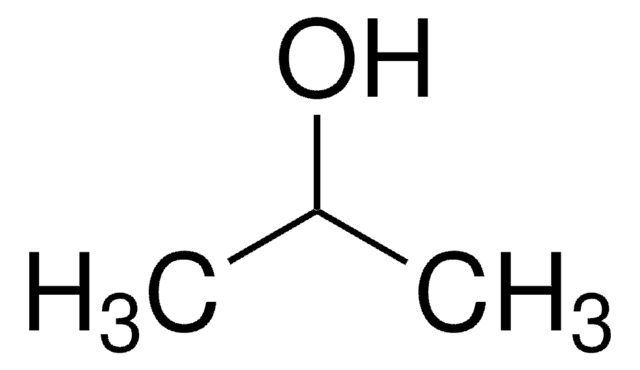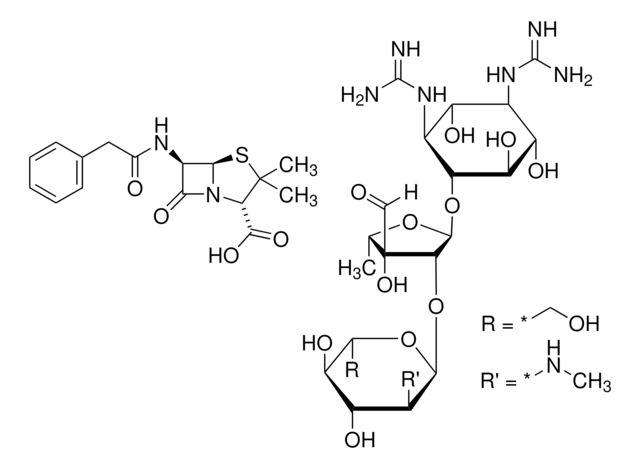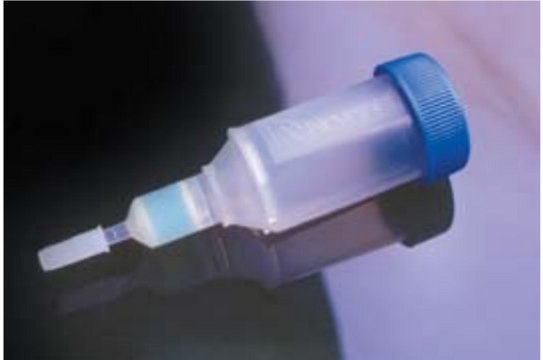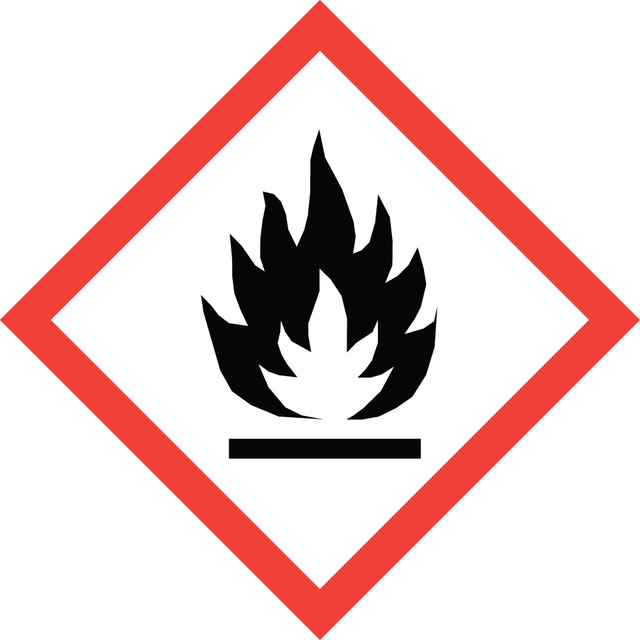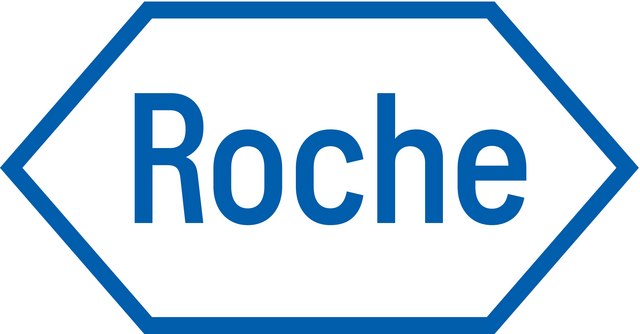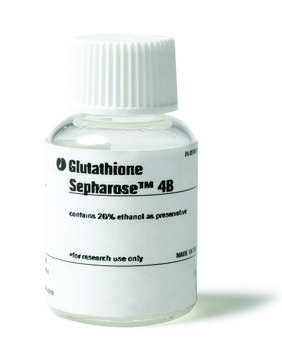S1799
SP Sepharose™
Fast Flow, aqueous ethanol suspension, 45-165 μm (wet), exclusion limit ~4,000,000 Da
Synonym(s):
Sulfopropyl-Sepharose™
Sign Into View Organizational & Contract Pricing
Select a Size
All Photos(1)
Select a Size
Change View
About This Item
Recommended Products
Quality Level
form
aqueous ethanol suspension
matrix active group
, —CH2-SO3-
particle size
45-165 μm (wet)
pore size
~4,000,000 Da exclusion limit
capacity
180-250 μeq/mL, gel
storage temp.
2-8°C
Looking for similar products? Visit Product Comparison Guide
Application
SP Sepharose™ is used in protein chromatography, ion exchange chromatography and cation exchange media. SP Sepharose™ has been used to study inhibitory proteins and peptides from the rhizomes of zingiberaceae plants as well as to study the subunit heterogeneity and molecular evolution of soybean basic 7S globulin. SP Sepharose™ has also assisted with advancing industrial applications of preparation of chitosan oligosaccharides.
Physical form
Suspension in 0.2 M sodium acetate and 20% ethanol
Legal Information
Sepharose is a trademark of Cytiva
signalword
Warning
hcodes
Hazard Classifications
Flam. Liq. 3
Storage Class
3 - Flammable liquids
wgk_germany
WGK 1
flash_point_f
100.4 - 109.4 °F
flash_point_c
38 - 43 °C
Choose from one of the most recent versions:
Already Own This Product?
Find documentation for the products that you have recently purchased in the Document Library.
Customers Also Viewed
Our team of scientists has experience in all areas of research including Life Science, Material Science, Chemical Synthesis, Chromatography, Analytical and many others.
Contact Technical Service

